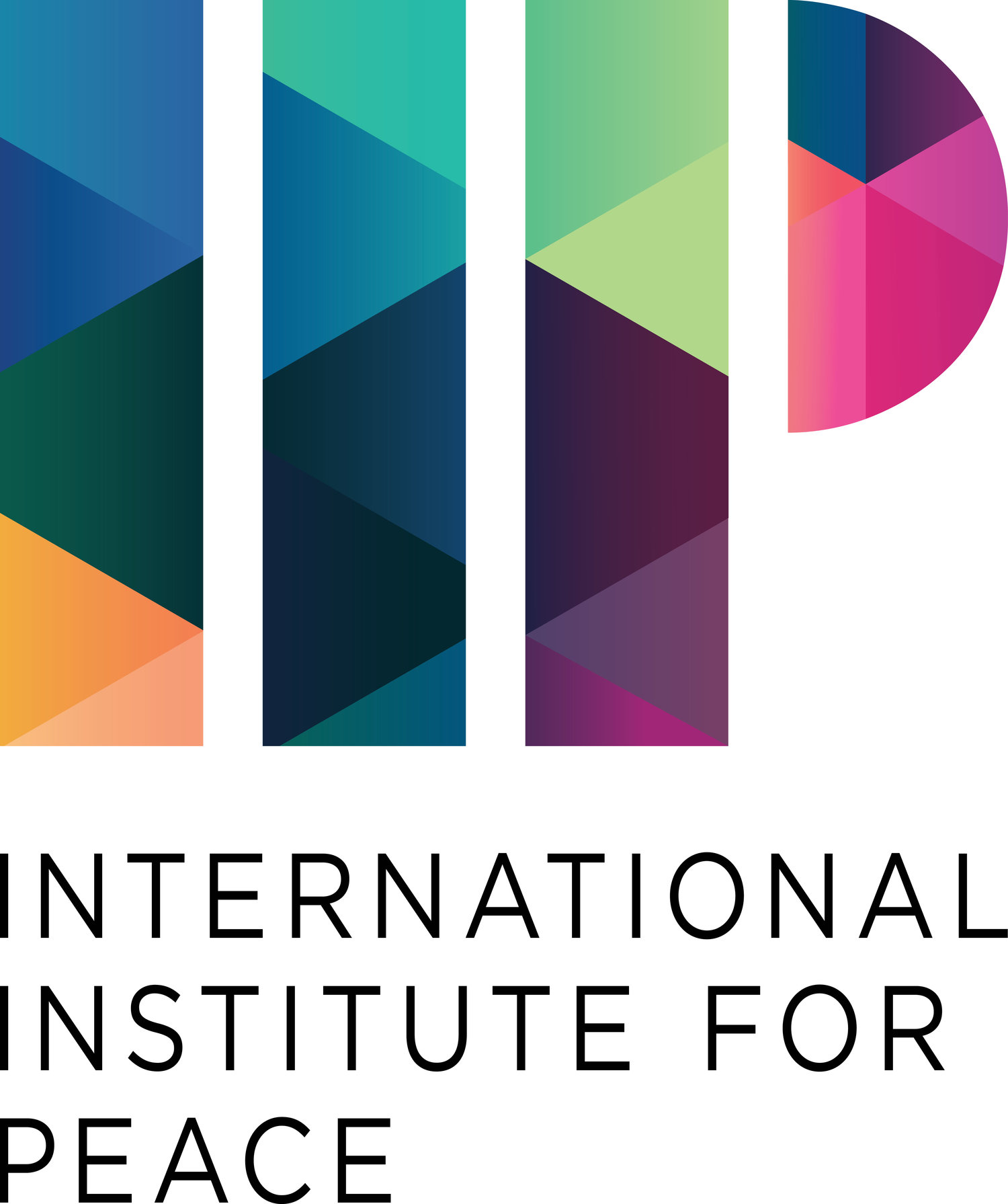On 1st February 2017 the International Institute for Peace had the great pleasure to invite photographer Carlos Spottorno and journalist Guillermo Abril to give an introduction to their grahic novel ‚The Crack’. Carlos Spottorno started the evening by mentioning that many Europeans are not aware of the fact that the border of the European Union is at least as secured as the wall Donald Trump plans to build between the United States and Mexico. To raise awareness for these highly protected borders against outsiders, the different identities within the Europeans along their borders and the various problems that come with it, Abril and Spottorno started an adventurous journey with the aim to capture those identities and those affected by it. Five years ago, in December 2013 they got the assignment from El País Semanal for a series of stories about the European Union’s external borders. At the time the media’s coverage was focused on the migration flows in Melilla and the Southern Mediterranean. The great migrant exodus in the Balkans, and the attacks in Paris and Nice were still a long ways in the future. The war in Ukraine seemed to have stabilized, and the United Kingdom hadn’t yet voted to leave European Union. These and many other events would take place over the course of time it took them to cover their assignment. The three years project took them along the European borders all the way from Africa to the Arctic in order to conduct interviews with local people who are living along these borders, migrants crossing those borders as well as security and military staff, photographing people and gather loads of material. They were tracking ‘the crack’ that separates Europe from the outside world and which results in even finer cracks within the European society. First they published several articles in magazines and newspapers. Spottorno told the audience how they came up with the idea to create ‘The Crack’. With a total amount of 25.000 photographs, 15 notebooks they had complied and a great number of interviews, he said, it would have been a huge waste of material and information of high relevance to not publish anything else. They were thinking of publishing a book and a photobook separately, on the topic of the highly secured European borders. Who would read a long book like that or buy an ordinary photobook they asked themselves. However, they came up with the idea of fusing their ideas and to make their material suitable for a majority of people, not only to academics. ‚The Crack’ is an example of transferring photographs to the concept of graphic novels. Carlos Spottorno believes in the power photographs can have in order to influence and even change peoples minds. Therefore he still wanted his pictures to be identified as what they are in the graphic novel. Carlos arranged his best pictures as a story and Guillermo relined these photographs with notes he had taken during their journey. The end product is an exciting yet shocking story that makes the deep crack through Europe visible and perceptible.

